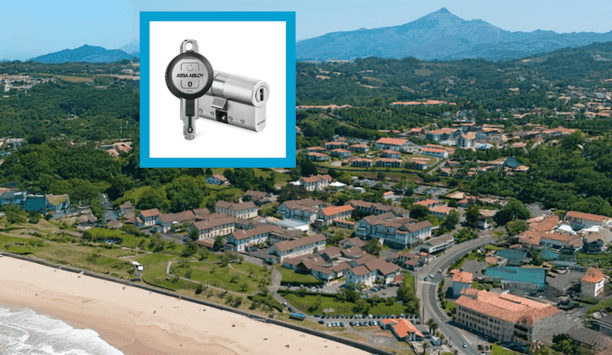Fresno is California's sixth largest city with a population of 475,000 and is lined with many trees throughout its 105 square miles. The challenge
The solution A broadband wireless network built using infrastructure and vehicular based equipment from Alvarion and edge devices and software from integration partner IBM®. The result
When in the office, the 820 police officers of the City of Fresno have access to the latest sophisticated technology including broadband connections from wired networks such as 100 BaseT LANs, Gigabit Ethernet WANs, T1s and even fibre optics. When they are out in their patrol cars, however, the only connection available to them is a traditional two-way radio system. This 800MHz band based two-way radio network offers 10 dedicated voice channels and five data channels, each capable of only 9.6kbps data rates.
In contrast, due to advanced non-line-of-sight technology and large cell radiuses, the Police Department found Alvarion's broadband wireless systems to be cost effective for providing citywide broadband mobile coverage. And with the addition of IBM's WebSphere Everyplace Connection Manager (WECM) software, the network could be made to also support roaming between Alvarion's high-speed network and the existing legacy network. The network By the summer of 2005, phase one of the network was built using a combination of Alvarion BreezeACCESS VL systems operating at 5GHz and BreezeACCESS 900 systems operating at 900MHz. Base stations were positioned discreetly on existing government structures such as radio towers, water towers, and city buildings eliminating the cost of building and erecting new towers. As a result, the network was deployed, tested, and operational in less than 6 months and now covers about 50% of the city. In each police car, a BreezeACCESS 900 mobile subscriber unit (SU-M) is connected to an in-car computer and transmits and receives information to/from the nearest base station, even when moving at vehicular speeds. Operating at a data throughput in excess of 1Mbps, IBM also integrated Wi-Fi capability into each vehicle, so police officers can use handheld PDAs in and around their cars. Specific applications the Fresno police are using today include accessing police databases to download mug shots, criminal records, or other critical information on suspects; streaming live video from security or other cameras in order to monitor unfolding crime situations; dispensing e-tickets for minor infractions; and filing police reports from the field. This new network (operating at 5GHz and 900MHz) was built specifically to complement the existing two-way radio network (operating at 800MHz) with session persistency and seamless switching between the two networks. The result is network redundancy that guards against disconnects due to outages. The future Work on phase two of the network has already started and will double coverage to more than 100 square miles, which will then include many of the suburban areas of the city. At that time, broadband wireless services will also be extended to police motorcycles, detective vehicles, and the force's helicopters. | |||||
Alvarion's BreezeACCESS System Helps Fresno Officers To Fight Crime
- Related companies
- IBM- Security and Privacy services
- Alvarion, A SuperCom Company
- View all news from
- IBM- Security and Privacy services
- Alvarion, A SuperCom Company
Related videos
In case you missed it

To serve various vertical markets and industries effectively, security professionals must recognize that each sector has unique assets, risks, compliance requirements, and operatio...

The Marin Hospital of Hendaye in the French Basque Country faced common challenges posed by mechanical access control. Challenges faced Relying on mechanical lock-and-key technol...

A lot has been said about door security — from reinforced door frames to locking mechanisms to the door construction — all of which is crucial. But what security measur...
The Key To Unlocking K12 School Safety Grants
DownloadHoneywell GARD USB Threat Report 2024
DownloadPhysical Access Control
DownloadThe 2024 State Of Physical Access Trend Report
DownloadThe Security Challenges Of Data Centers
Download


















